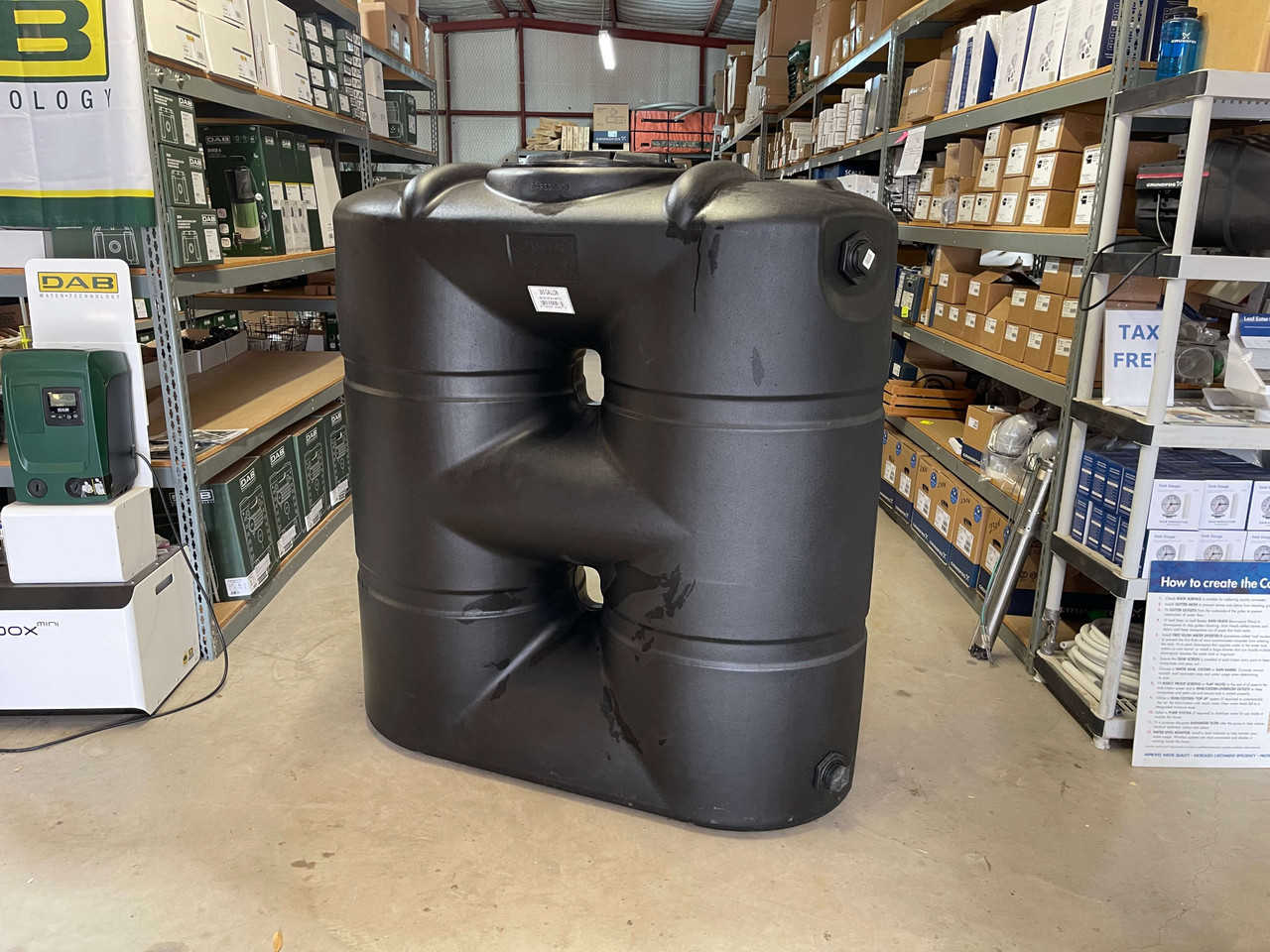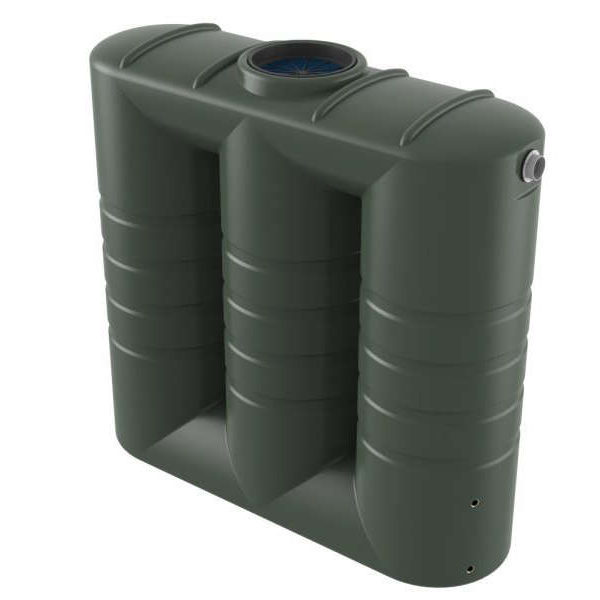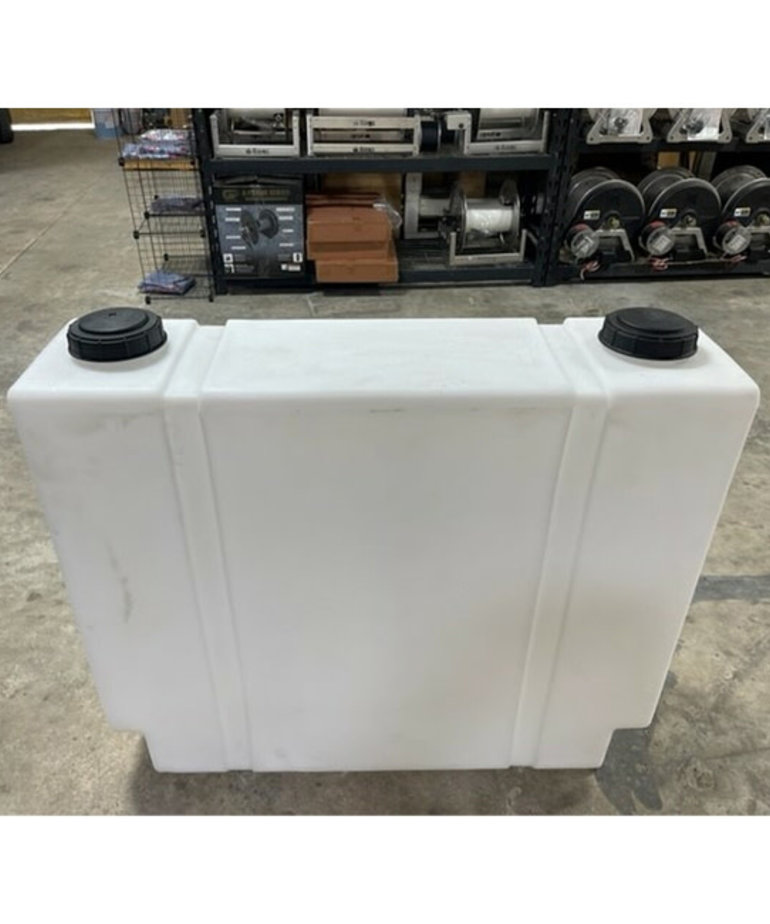Ideal Slimline Water Tanks: Resilient and Compact Water Storage Space Options
Ideal Slimline Water Tanks: Resilient and Compact Water Storage Space Options
Blog Article
Comprehending the Importance of Rainwater Containers in Drought-Prone Regions for Water Security
In areas prone to long term droughts, the duty of rain storage tanks in bolstering water protection is a topic of expanding relevance. As neighborhoods face the obstacles of water deficiency, comprehending the relevance of these containers goes past simple collection of rainwater. Rain containers act as a crucial tool in mitigating the effect of water lacks by supplying a lasting resource of water for various needs. The true worth of rain tanks prolongs far past mere storage space; it includes resilience-building steps and the promo of lasting water conservation techniques. This multifaceted approach to water safety and security warrants a more detailed exam of the duty rain storage tanks play in guaranteeing a reliable supply of water throughout times of drought.
Advantages of Rainwater Storage Tanks
Utilizing rainwater storage tanks provides a sustainable service for enhancing water system and enhancing water safety and security in residential and business setups. Among the main benefits of rainwater storage tanks is their capacity to decrease reliance on mains water supply. By catching and storing rain that drops on rooftops, this alternative resource can be used for numerous non-potable functions such as watering, flushing commodes, and washing garments. This not only preserves treated drinking water yet additionally decreases water costs for users.

Rainwater Harvesting Techniques
Rainwater collecting strategies include a series of techniques designed to successfully gather and save rain for different purposes, contributing to water preservation and sustainability. One common technique is the installment of rooftop catchment systems, where rainwater is accumulated from the roof covering of a building and guided to a tank. This approach is reasonably easy and cost-efficient. An additional popular technique is the usage of above-ground or below ground storage space tanks to store rainwater for later use. These storage tanks are available in numerous sizes and products to match different demands and can be linked to the existing plumbing system for very easy access.

Additionally, rain gardens and permeable pavements are cutting-edge techniques that include landscaping or paving surfaces in a way that allows rainwater to percolate right into the ground, renewing groundwater books. Furthermore, shape farming and terracing are farming techniques that aid catch rainwater and prevent soil erosion in hilly terrain. By executing these diverse rain harvesting strategies, areas can boost water safety and resilience in drought-prone regions while advertising lasting water monitoring practices.
Value of Water Safety And Security
Making sure dependable access to tidy and enough water resources is paramount for maintaining human health and wellness, financial development, and ecological well-being. Water protection is a vital facet of societal strength, especially in areas vulnerable to droughts and water scarcity. Sufficient water safety and security includes different measurements, consisting of accessibility, quality, and availability of water for domestic, agricultural, commercial, and ecological needs.
Water safety and security plays an important role in advertising public wellness by minimizing the prevalence of waterborne conditions and guaranteeing hygiene centers. Financially, water security is crucial for farming efficiency, commercial operations, and total click site financial growth. Slimline water tanks. Water security is closely connected to ecological sustainability, as it supports ecosystems, biodiversity, and total eco-friendly balance.
In drought-prone regions, water security comes to be much more crucial due to the increased threat of water shortages. Carrying out strategies like rain harvesting, water recycling, and efficient water monitoring methods can considerably enhance water safety in these areas. By prioritizing water security, areas can much better withstand the influences of climate modification, try here population development, and other challenges that intimidate water availability.
Enhancing Water Resilience
With enhancing worldwide water obstacles, developing strength in water supply has ended up being a critical emphasis for sustainable advancement initiatives. Enhancing water durability involves implementing strategies to guarantee water availability and quality despite changing environmental conditions, such as dry spells, floods, and air pollution.
One trick aspect of boosting water strength is promoting making use of rain tanks in drought-prone regions - Slimline water tanks. Rain storage tanks act as an effective methods of capturing and storing rain for later usage, lowering reliance on scarce freshwater sources during completely dry periods. By integrating rain harvesting systems right into water monitoring strategies, neighborhoods can enhance their capacity to stand up to water scarcity and maintain water protection

Sustainable Water Conservation
In the middle of intensifying water challenges, the prudent management of water sources via sustainable preservation methods is essential for making certain lasting ecological security and social well-being. Sustainable water preservation entails the effective use water resources to satisfy present demands without jeopardizing the capacity of future generations to fulfill their own demands. By carrying out approaches such as rainwater harvesting, greywater recycling, and water-efficient innovations, areas can lower water waste and relieve pressure on freshwater resources.
Moreover, lasting water preservation techniques add to ecosystem wellness by keeping adequate water levels in rivers, lakes, and wetlands, sustaining biodiversity, and preserving natural habitats. These practices also play an essential function in reducing the impacts of climate change by aiding to adjust to changing rainfall patterns and water accessibility.

Verdict
Finally, rainwater storage tanks play a crucial role in enhancing water security and strength in drought-prone regions. By using rainwater harvesting strategies, communities can lower their reliance on typical water sources and advertise lasting water preservation methods. This not just assists reduce the effects of water shortage throughout droughts however also adds to long-lasting water protection and durability despite environment change challenges.
Report this page